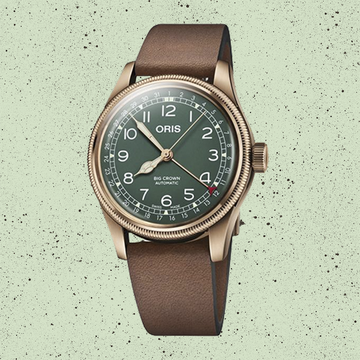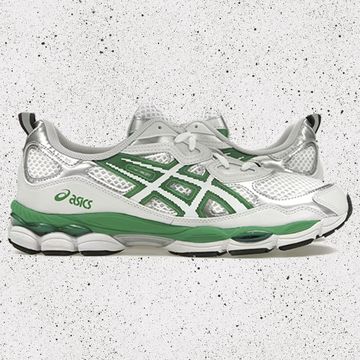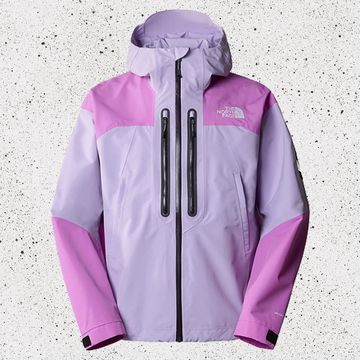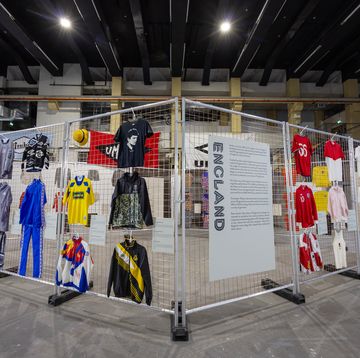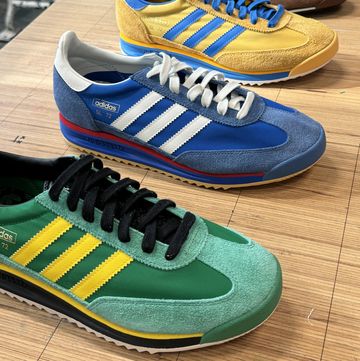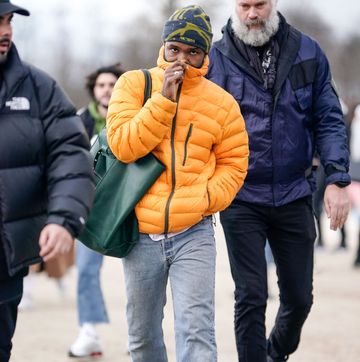Soon we'll be able to forget about this heat and welcome a fresh autumnal dawn full of crisp mornings, warm pubs and hearty stews. Well, it will probably just rain a lot and we'll spend even more time watching Netflix, but still...
The point is that shortly we're going to be packing away those light linens and breezy cottons in favour of darker, heavier clothing that can be put to work for the autumn months and winter ahead.
With that in mind, we've compiled a comprehensive guide of all the key fabrics and materials, from Garbadine to Shearling , that you're going to want to know about for the dark days that are coming.
1 | WOOL
Wool is nature's great insulator and a vital fabric for colder climes. These are the variations that you need to know about.
Lambswool
The OG of wools, lambswool has a warm, rugged texture that makes it great for jumpers. Norse Projects being just one brand who use it to great effect.
Mohair
Referred to as "the diamond of fibres" Mohair is the wool of the Angora goat and makes for an exceptionally soft, durable, warm and waterproof piece of clothing. Perfect for suits or winter coats, like this wintery green Paul Smith one.
Flannel
The process of weaving wool (or sometimes cotton) to create a very fine and soft garment that holds its structure well, a flannel suit in either light grey or navy is a comfortable, lightweight and breathable essential.
Merino
The lightest of all sheep's wool, Merino works especially well as a base-layer, as well as in roll necks and long sleeved winter polo shirts.
Cashmere
Super fine and even softer than Merino, cashmere is more delicate than other wools, but is particularly useful when it comes to accessories.
Tweed
The hardy patterned fabric of Scots, Tweed has a bit of a bad rep over here due to its rah rah connotations, but a dark blazer thrown over a warm grey jumper and selvedge denim is still one of the most autumnal looks going.
Worsted
Another wool variation that is particularly well suited to suiting, Worsted wool is weaved tightly and brushed to get rid of excess hair, leaving it clean and durable. Again, Paul Smith are a brand who use it well in their tailoring.
2 | COTTON
It comes from a plant, you know what it is, but there's plenty of ways to use it and wear it. Here's everything you need to know about the wonderful world of cold weather cotton!
Corduroy
The '70s favourite that is making a welcomed, fashionable return, cord is cotton that is twisted into thick ribs that are both hard wearing and soft. One of the best things (and there are many, we hasten to add) about cord is the fact that it gets better with age. This A.P.C jacket is an Esquire favourite right now.
Melange
A mixture of two or more different colours of cotton in the same weave, melange looks best on sweats or t-shirts in shades of grey.
Gabardine
The material behind the iconic Burberry Trench (it was actually invented by them) sported by Humphrey Bogart, Gabardine can be wool, but nowadays is more usually cotton or a blend. The process behind it involves a very tight weave before singeing off excess fibres, resulting in a dense and water-resistant finsish, hence its usefulness for coats and jackets.
3 | LEATHER
The tanned hide most commonly taken from a cow, goat, cat or sheep, here are the leather variants you'll want to know about for the coming months.
Suede
Made from the underside of the animal skin, hence its soft, brushed feel. Suede is less durable than other leathers - don't get caught in the rain wearing it - but a cropped jacket in brown suede is one of our favourite autumn style items.
Shearling
Shearling is either the wool taken from a freshly shorn sheep, or sheepskin that has been tanned with the wool left on. Not the easiest or cheapest fabric to pull off, shearling is the ostentatious alternative for those looking to channel some '60s high roller style.






